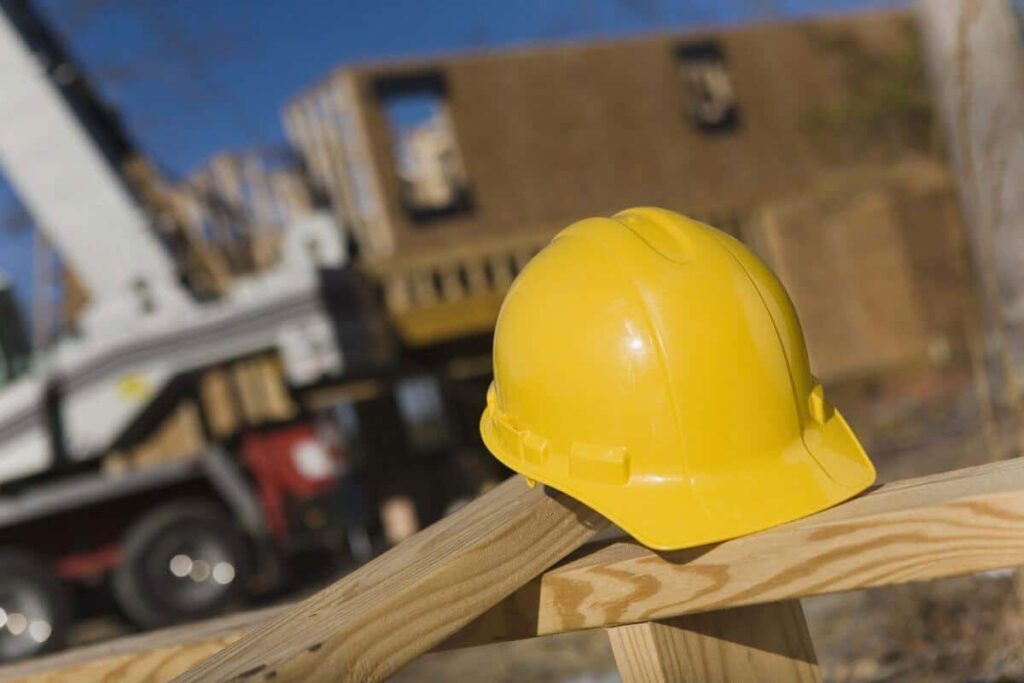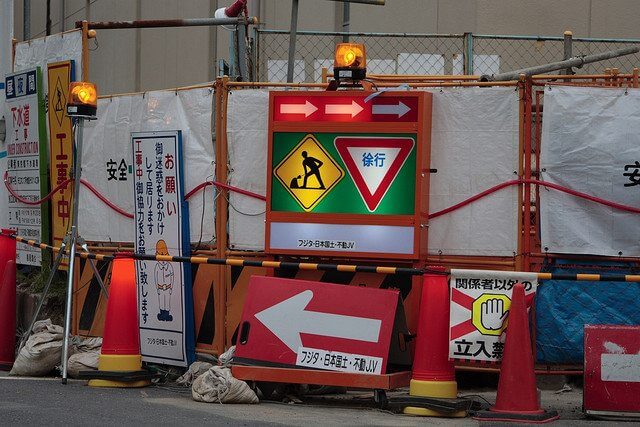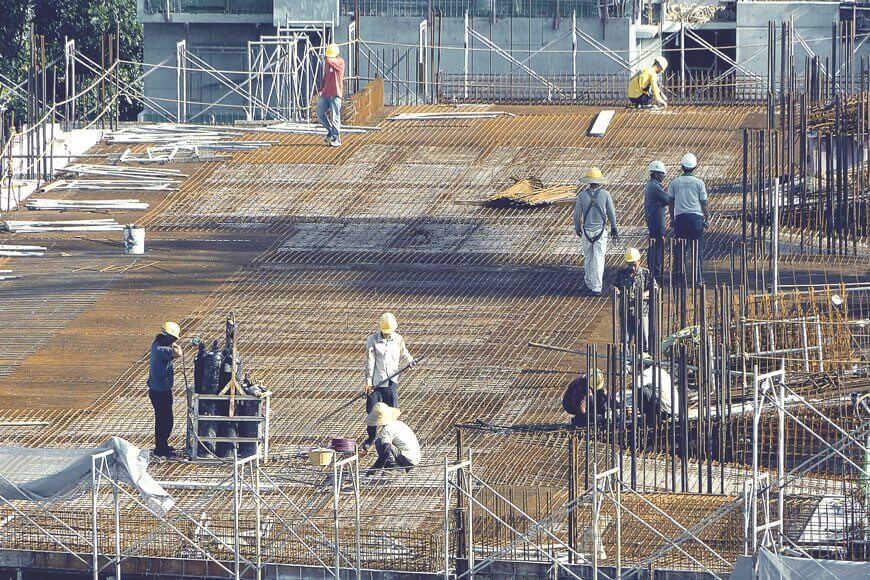The 1990’s
This Blog takes me back in time! In the early 1990’s all we had for communication in the construction industry was, if we were lucky, a phone in the site office. Any communication had to be done with that and it was a pretty time consuming performance so not much communication took place. Stakeholders on site had to be found: another time-consuming performance! Beyond that it was hand-written letters and they were a great rarity!
The late 1990’s saw the surge in the use of mobile phones! They were a great improvement and meant communication was improved with owners and project stakeholders. There was one proviso to that – there had to be mobile reception on site! One of 23 houses I was on had two areas where we could get reception, both about one metre square!
The 2000’s
The 2000’s saw mobile coverage much improved and some other advances. On an office fit out in 2001 I was considered a celebrity because I used a laptop computer! No internet connection, but still …… !
By the “noughties” things had really moved on! The quality of mobile phones, and coverage, had greatly improved. Even the early generation of today’s “smart phone” meant that we could send text messages out to people. We weren’t restricted to a single recipient, either. This meant that any communication to, say a sub-contractor, that was relevant to owners and project stakeholders, then they started to just get copied in! The down-side was the price of it! I suppose some site management had their mobile phones supplied and paid for by their employers, but many, me included, didn’t! That made too much communication a bit on the expensive side. To send a photo by text message was a no-no because of the cost!
The breakthrough
The big breakthrough for mobile communication and the use of mobile apps for communication in the construction industry came in the 2010’s. For one thing it was normal by then for every site office to have a good internet connection and also Wi-Fi in the office. The other thing is that smart phones were getting a lot “smarter”! They also started to have built-in cameras which greatly improved with every phone up-grade. I had a Nokia 6230i which meant I didn’t have to carry a camera around with me to take evidential photos. The picture quality wasn’t good, but it sufficed. Still got that phone; in good working order and, apparently, a collector’s item these days!
The other thing that happened was the spreading use of WhatsApp which had been developed in 2009. I’ll stick to WhatsApp because it is the only mobile app I use for communication. With it, assuming a Wi-Fi connection, all text messages and even photos are sent for free! This meant that all owners and project stakeholders could simply be copied in to absolutely every communication sent out by those on the project team.
So that is How Mobile Apps Improved communication in the construction industry to owners and project stakeholders.
The question remains, however, as to whether or not it has resulted in information overload and how much of the increased communication is actually read and absorbed. Not too big a worry, though, because the information is still there to be referred back to if necessary.
Geniebelt is a real solution for mobile communication in the construction sphere.




